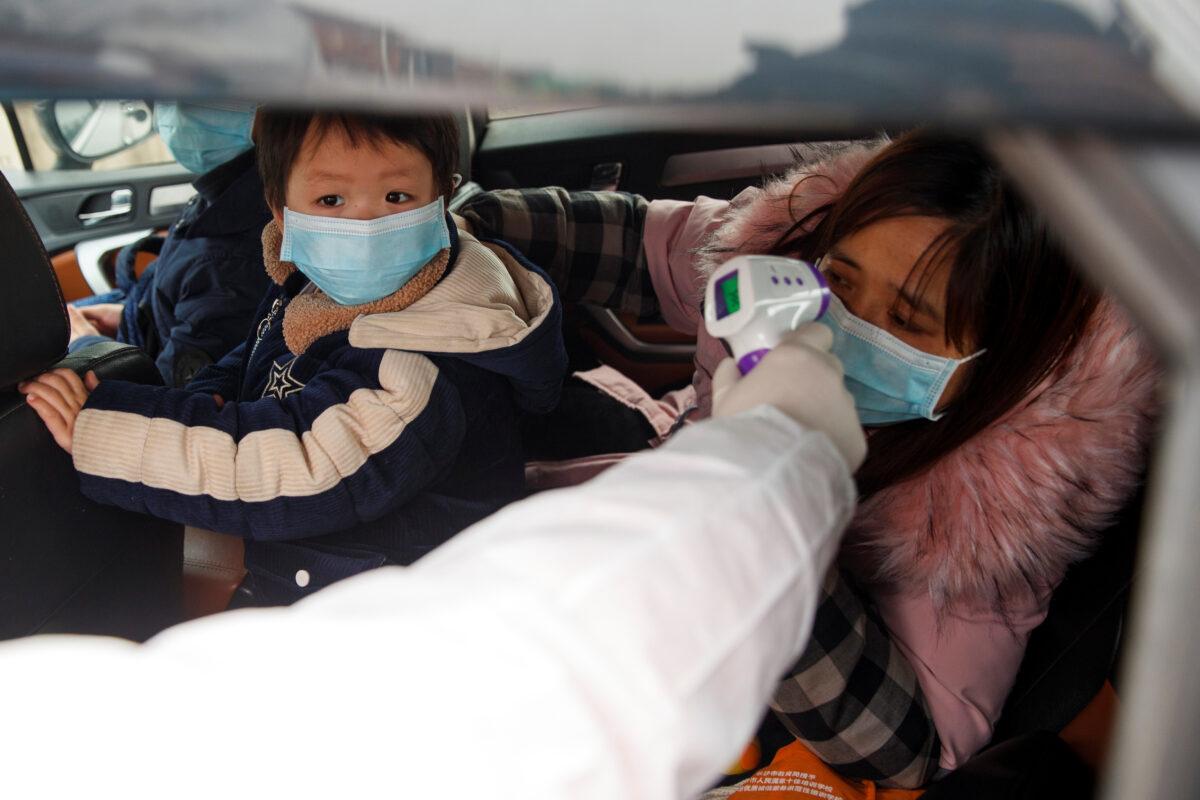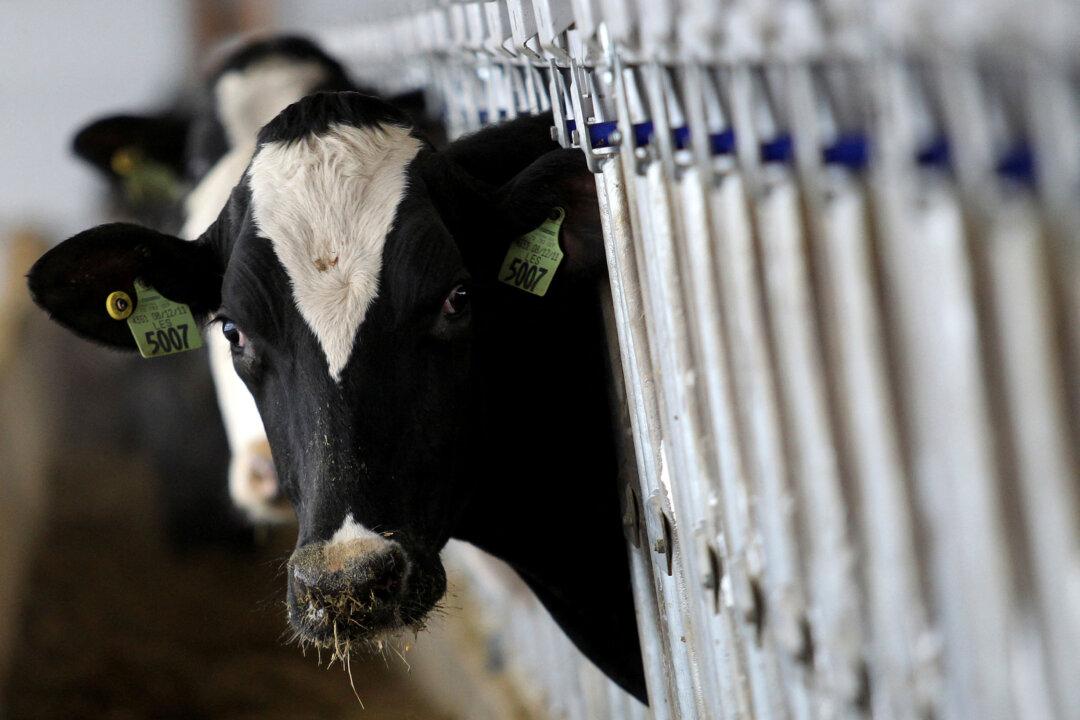The director-general of the United Nation’s health agency flew to China late Jan. 27 to meet with government officials and health experts amid the expanding 2019 Novel Coronavirus contagion.
Tedros Adhanom Ghebreyesus, the head of the World Health Organization (WHO), met with Chinese leader Xi Jinping in Beijing to discuss how to protect Chinese nationals and foreigners in areas affected by the virus as well as “possible” evacuation alternatives, a spokesman said.
Ghebreyesus said WHO was advising against withdrawing foreign nationals from Wuhan, where the virus originated, state media reported. According to WHO, he and Xi agreed that the organization would send international experts to China “as soon as possible” to help Chinese scientists understand the outbreak and guide global response efforts.
“Stopping the spread of this virus both in China and globally is WHO’s highest priority,” Dr. Ghebreyesus said in a statement. “We appreciate the seriousness with which China is taking this outbreak, especially the commitment from top leadership, and the transparency they have demonstrated, including sharing data and genetic sequence of the virus.”
Xi called the virus “a devil,” according to state television, before adding: “We cannot let the devil hide.”
“China will strengthen international cooperation and welcomes WHO participation in virus prevention ... China is confident of winning the battle against the virus,” he said.

“There is still a lot we don’t know. We don’t know the source of this virus, we don’t understand how easily it spreads and we don’t fully understand its clinical features or severity. We are completely committed to ending this outbreak as soon as possible.”
The Geneva-based agency said in a report late Sunday that the risk for coronavirus was “very high in China, high at the regional level and high at the global level.”
WHO said in its Jan. 27 situation report that the visit’s aim was “to understand the latest developments and strengthen the partnership with China, in particular for the response.” The group wants to limit human-to-human transmission, identify patients and isolate them, and identify and reduce transmission from “the animal source,” which is still not confirmed.

The Huanan Seafood Wholesale Market in Wuhan was closed on Jan. 1, but hasn’t been confirmed as the source of the disease. U.S. health officials said early research on the new virus showed similarities to bat coronavirus.
Coronaviruses are a group of viruses that infect animals and, in some cases, pass from animals to humans.
Three cases of human-to-human transmission were reported on Tuesday: one each in Germany, Taiwan, and Japan. Previous cases of human-to-human transmission were confirmed but all involved relatives, including a Chinese man infecting his son in Vietnam.
There are thousands of confirmed cases around the world, mostly in China, and the virus has spread to over a dozen countries, including the United States, France, Australia, and South Korea.





